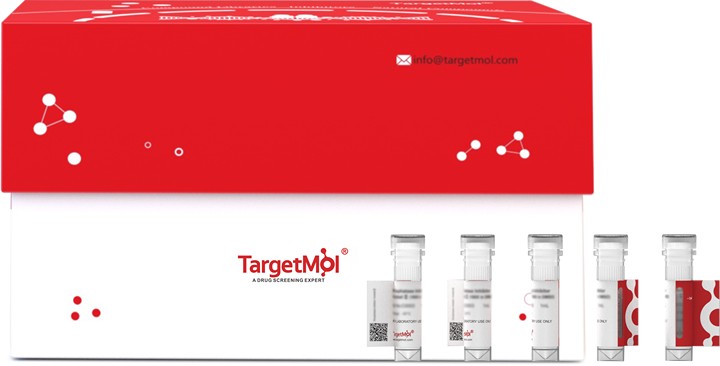购物车
全部删除  您的购物车当前为空
您的购物车当前为空
CXCL1 Protein, Mouse, Recombinant (CHO) is expressed in CHO Cells. The accession number is P12850.

| 规格 | 价格 | 库存 | 数量 |
|---|---|---|---|
| 5 μg | ¥ 567 | 6-8日内发货 | |
| 10 μg | ¥ 746 | 6-8日内发货 | |
| 25 μg | ¥ 1,080 | 5日内发货 | |
| 50 μg | ¥ 1,780 | 5日内发货 | |
| 100 μg | ¥ 2,970 | 5日内发货 | |
| 200 μg | ¥ 4,970 | 5日内发货 | |
| 500 μg | ¥ 9,870 | 5日内发货 | |
| 1 mg | ¥ 16,600 | 5日内发货 |
| 生物活性 | Active at 10.0 ng/ml, measured in a tube formation assay using HUVEC cells. |
| 产品描述 | CXCL1 Protein, Mouse, Recombinant (CHO) is expressed in CHO Cells. The accession number is P12850. |
| 种属 | Mouse |
| 表达系统 | CHO Cells |
| 标签 | Tag Free |
| 蛋白编号 | P12850 |
| 别名 | NAP-3,MGSA α,KC (murine),Growth Regulated Protein/Melanoma Growth Stimulatory Activity,GRO1,GRO α,CXCL1,CINC (rat) |
| 蛋白构建 | Ala25-Lys96 |
| 蛋白纯度 | > 95% as determined by SDS-PAGE; > 95% as determined by HPLC |
| 分子量 | 5~7 kDa (Reducing conditions) |
| 内毒素 | < 0.2 EU/μg of protein as determined by the LAL method. |
| 缓冲液 | Lyophilized from a 0.2 μm filtered solution in PBS. |
| 复溶方法 | Reconstitute the lyophilized protein in sterile deionized water. The product concentration should not be less than 100 μg/ml. Before opening, centrifuge the tube to collect powder at the bottom. After adding the reconstitution buffer, avoid vortexing or pipetting for mixing. |
| 存储 | Upon receiving, this product remains stable for up to 6 months at lower than -70°C. Upon reconstitution, the product should be stable for up to 1 week at 4°C or up to 3 months at -20°C. For long term storage it is recommended that a carrier protein (example 0.1% BSA) be added. Avoid repeated freeze-thaw cycles. |
| 运输方式 | In general, Lyophilized powders are shipping with blue ice. Solutions are shipping with dry ice. |
| 研究背景 | GRO-α/KC/CXCL1 coded by CXCL1 gene at chromosome 5 is approximately 63% identity to that of mouse MIP2. KC is also approximately 60% identical to the human GROs. Mouse KC is a potent neutrophil attractant and activator. The functional receptor for KC has been identified as CXCR2. Based on the pattern of KC expression in a number of inflammatory disease models, KC appears to have an important role in inflammation. KC was found to be involved in monocyte arrest on atherosclerotic endothelium and may also play a pathophysiological role in Alzheimer’s disease. |